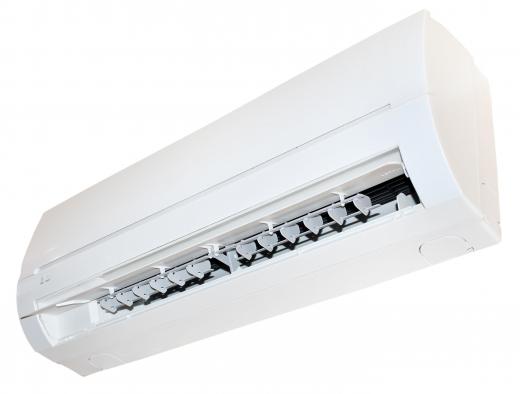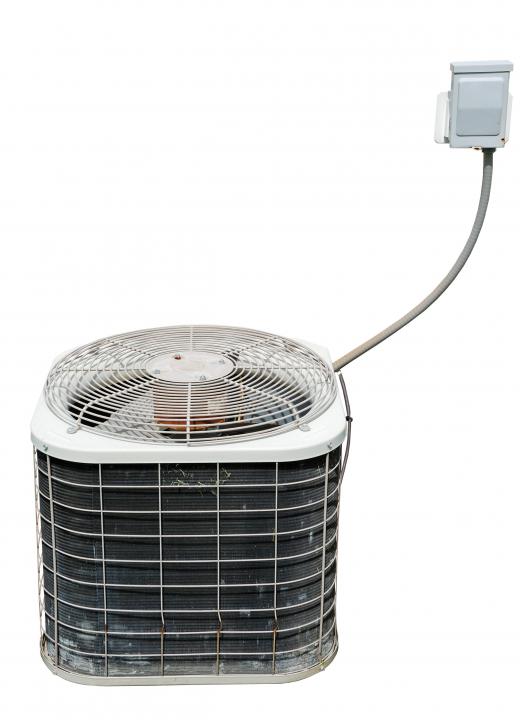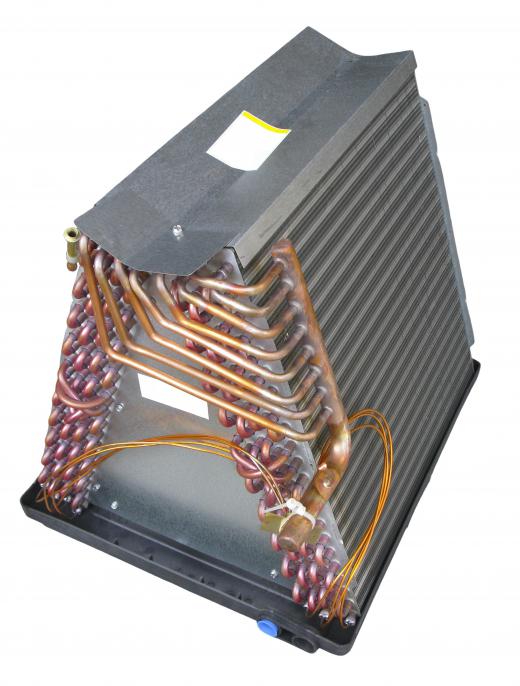Air conditioning units are systems of machines that keep the air in a space cool. An air conditioning unit is made up of three basic parts: the compressor, the condenser, and the evaporator. Each of these parts contributes to cooling down the air in a space. Air conditioning units work by circulating air and drawing heat out it. This is why air can often be dirtier inside of a home than outside of it.
There are several areas where air conditioning units can be used; for instance in homes, offices, and cars. There are also portable air conditioners that can be moved from one space to another. Central air conditioning refers to an air conditioning unit that is used to provide air temperature control to an entire building. Split air conditioning units split up air conditioning components into outdoor units and indoor units. Indoor units include the evaporator, cooling coils and cooling fans while outdoor units include the compressor and condenser.

In the refrigeration method, the process starts with the compressor. The air conditioning compressor takes cool gas, called a refrigerant, and compresses it until it is a hotter, pressurized gas. The gas is then sent to the condenser where fans cool off the gas and it condenses into a liquid, still under high pressure. This liquid is then sent to the evaporator where it is pushed through a small hole into the cooling coil. Meanwhile, hot air from the area to be cooled is drawn in through the air intake vent.

The air from the intake vent travels to the cooling coils. The liquid refrigerant then evaporates and turns back into a gas. The process of evaporation draws heat out of the air and into the gas. The cooled air is then blown back into the space to be cooled. Meanwhile, the refrigerant, now a cool gas again, is sent back to the compressor to start the cycle over.

In order to keep air conditioning units clean, filters should be used. An air conditioning filter keeps dust and debris out of the unit and helps keep it functioning properly. A proper filter should fit the air intake vent properly and should be cleaned or replaced on a regular basis. Some filters have the added benefit of trapping allergens. The right filter can, therefore, help keep the air in a space clean and help keep people comfortable.
